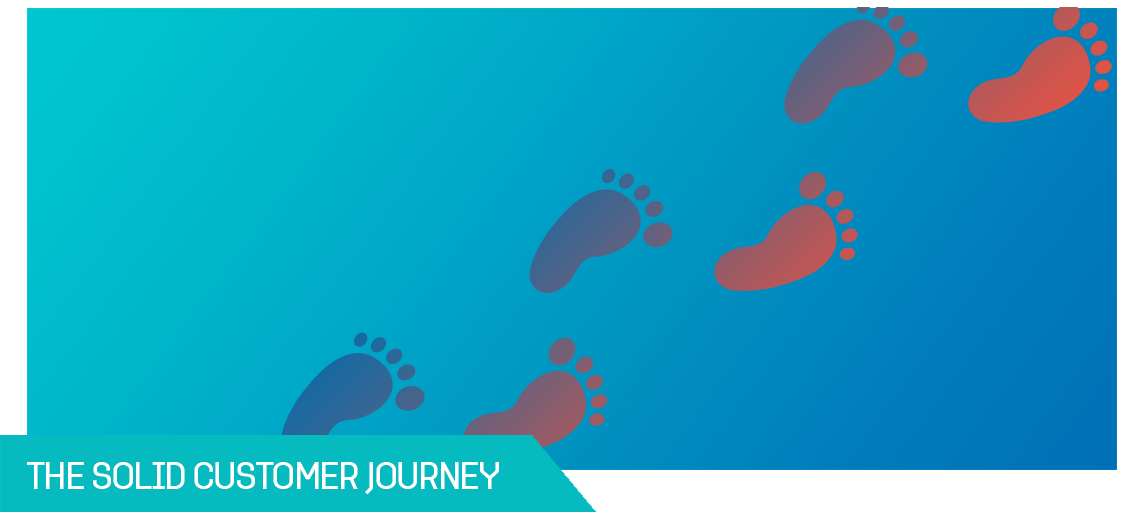
things not running as smoothly as you would like?
With revenues taking a steep dive after Covid-19 hit, dealerships are looking for ways to cut costs and increase profitability. As much as we’d like, not every dealership can take advantage of government programs, nor will those programs last forever.
Finding efficiencies does, however.
Is our staff accomplishing everything they could? Not likely.
Are we wasting capital? Probably.
Can we earn more? Absolutely.
If you’re like every other dealership at the moment, looking for ways to maintain your profitability, then look at the following areas.
Check out our captain insight!
Training
While there’s no question it costs money to train your people, we need to think of it more like an investment. The initial outlay of capital is returned to us in the form of:
-
· Employees gaining new skills
-
· Raising employee confidence
-
· A reduction of errors
When you have an engaged workforce that has a greater understanding of what you want from them, they will accomplish more and make fewer mistakes.
-
· An Increase to employee morale
-
· Inspiring new employees
-
· Educating employees about processes
Best Practices
Imagine if a vehicle model was entirely replaced every year. Not only replaced but designed from scratch. New engine, new tires, even new interior design. How much time and effort would be wasted on things that didn’t need to?
Even when a vehicle is redesigned as “all-new,” the engineers learn from previous iterations.
The best practices that we learn in one department or dealership can be applied to others to save costs and increase efficiency.
Empowering staff
When your decisions are centred at the top of the hierarchy, then decision time will be slowed. In fact, there are a lot of things that managers, especially dealer principles, shouldn’t even be bothered with.
Empowering our staff, on the other hand, is a great way to reduce decision times and waste less time for those who get paid the most.Like training, empowerment will increase morale, which in turn increases employee engagement. According to Steele Chevrolet Sales, Manager Brandon Smith, “empowering your employees is intertwined with their commitment to the dealership and not just themselves. Together, we all succeed.”
Inspect the process
When was the last time you reviewed your process? Are you using a marketing approach developed before digital marketing became mainstream? According to sales expert Dan Liska, reviewing the process is one of the most important things a dealership can do. He uses an example of a dealership looking at their lead sources.
Imagine if you consistently get complaints about the value of trade-ins. Do we arbitrarily cut that source from the team, or do we determine whether our valuation tool is problematic? By reviewing our process, we are evaluating whether it needs to be updated to work in our current economic environment. Sure, it could be the source, but if the complaints are consistent across multiple sources, then it’s likely something else.
You won’t know until you complete your review.
Listen
John Kot of the Kot Auto Group is a champion of getting hands-on and talking to his customers. His efficiency is predicated on getting feedback.
The process of feedback then becomes a permanent review of the process. Feedback is crucial for when you do change your process.
You have a better chance of success when you give your clients and employees a voice.
What’s next?
We don’t have to wait until we’re at 88 percent of our goals to look at our efficiency. That position can be demoralizing. Take the time to examine the process against other dealerships that are working. Determine your conversion rates and what else may work better, but be prepared to continue that review long after the pandemic subsides. Your success depends on it.We may yet come to see the pandemic as the tipping point, not for the disaster, we see it as now, but as the catalyst for more significant change.





